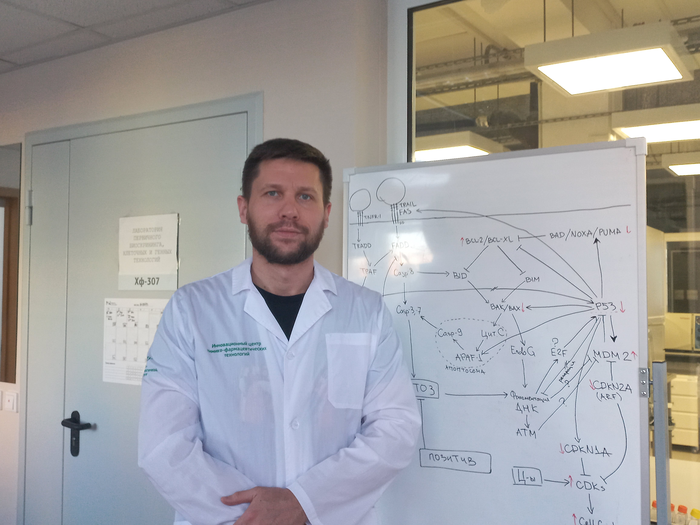Dr. Seol Seung-Kwon’s Smart 3D Printing Research Team at KERI and Professor Lim-Doo Jeong’s team at Ulsan National Institute of Science and Technology (UNIST) developed core technology for smart contact lenses that can implement augmented reality (AR)-based navigation, with a 3D printing process.
![[Figure1] Meniscus phenomenon](https://bioengineer.org/wp-content/uploads/2023/02/Smart-contact-lens-with-navigation-function-made-with-3D-printer.png)
Credit: Korea Electrotechnology Research Institute
Dr. Seol Seung-Kwon’s Smart 3D Printing Research Team at KERI and Professor Lim-Doo Jeong’s team at Ulsan National Institute of Science and Technology (UNIST) developed core technology for smart contact lenses that can implement augmented reality (AR)-based navigation, with a 3D printing process.
A smart contact lens is a product attached to the human eye like a normal lens and provides various information. Research on the lens is being conducted mainly on diagnosing and treating health. Recently, Google and others are developing smart contact lenses for displays that can implement AR. Still, many obstacles to commercialization exist due to severe technical challenges.
In implementing AR with smart contact lenses, electrochromic1) displays that can be driven with low power are suitable, and “Pure Prussian Blue” color, with high price competitiveness and quick contrast and transition between colors, is attracting attention as the lens’ material. However, in the past, the color was coated on the substrate in the form of a film using the electric plating method2), which limited the production of advanced displays that can express various information (letters, numbers, images).”
The achievement of KERI-UNIST lies in the fact that it is a technology that can realize AR by printing micro-patterns on a lens display using a 3D printer without applying voltage. The key is the Meniscus of used ink. The Meniscus is a phenomenon in which a curved surface is formed on the outer wall without water droplets bursting due to capillary action when water droplets are gently pressed or pulled with a certain pressure.
Prussian blue is crystallized through solvent evaporation in the Meniscus formed between the micronozzle and the substrate. The meniscus of the acidic-ferric-ferricyanide ink is formed on the substrate when the ink-filled micronozzle and substrate come in contact. Heterogeneous crystallization of FeFe(CN)6 occurs on the substrate within the meniscus via spontaneous reactions of the precursor ions (Fe3+ and Fe(CN)3−) at room temperature. Simultaneously, the solvent evaporation is occurred at the meniscus surface. When water evaporates from the meniscus, the water molecules and precursor ions move toward the meniscus surface by convective flow, generating a preferential accumulation of the precursor ions in the outer part of the meniscus. This phenomenon induces the edge-enhanced crystallization of FeFe(CN)6; this is crucial for controlling the factors that influence the crystallization of FeFe(CN)6 in the printing step to obtain uniformly printed PB patterns on a substrate. As with conventional electroplating, the substrate used to have to be a conductor when voltage was applied, but a great advantage of using the meniscus phenomenon is that there is no restriction on the substrate that can be used because crystallization occurs by natural evaporation of the solvent.
Through the precise movement of the nozzle, the crystallization of Prussian blue is continuously performed, thereby forming micro-patterns. Patterns can be formed not only on flat surfaces but also on curved surfaces. The research team’s micro-pattern technology is very fine (7.2 micrometers) that can be applied to smart contact lens displays for AR, and the color is continuous and uniform.
The main expected application area is navigation. Simply by wearing a lens, navigation unfolds in front of a person’s eyes through AR. Games such as the popular ‘Pokemon Go’ can also be enjoyed with smart contact lenses, not smartphones.
Dr. Seol Seung-Kwon’s of KERI said, “Our achievement is a development of 3D printing technology that can print functional micro-patterns on non-planner substrate that can commercialize advanced smart contact lenses to implement AR.” He added, “It will greatly contribute to the miniaturization and versatility of AR devices.”
The related research results were recently published as a cover articler in Advanced Science (IF 17.521/JCR 4.71%), a world-renowned academic journal in the field of materials science, in recognition of its excellence.
The research team believes that this achievement will attract a lot of attention from companies related to batteries and biosensors that require micro-patterning of Prussian blue as well as the AR field, and plans to find related demand companies and promote technology transfer.
Meanwhile, KERI is a government-funded research institute under the Ministry of Science and ICT’s National Research Council for Science and Technology. Dr. Seol Seung-Kwon is also a professor at the KERI campus of the University of Science and Technology (UST).
1) Electrochromism: a phenomenon where the color of a substance changes reversibly due to an electrochemical reaction.
2) Plating is the process of applying a thin layer of another metal to improve the surface condition of an object. In this process, if electrical energy is used, it is called ‘electroplating,’ and if chemical reactions are utilized without electricity, it is referred to as ‘electroless plating.’ Particularly electroplating is mainly used in the production of jewelry such as rings.
Journal
Advanced Science
DOI
10.1002/advs.202205588
Article Title
Meniscus-Guided Micro-Printing of Prussian Blue for Smart Electrochromic Display
Article Publication Date
25-Jan-2023





